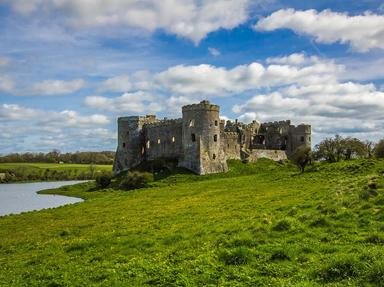Quiz Answer Key and Fun Facts
1. The local inhabitants call Machynlleth 'Mach'. According to the 2001 census, roughly how many local inhabitants are there?
2. One of the earliest references to Machynlleth is the charter granted to Owen de la Pole by Edward 1. One of the rights granted under the charter is still in effect today. What was it?
3. From 1859 to 1948 a narrow gauge railway brought what commodity into the town for distribution to wider markets?
4. The Town Clock Tower has become a landmark symbol of the town. When was it erected?
5. The town is located in what used to be the county of Montgomeryshire, which is now part of the region called - what?
6. The Romans built a fort at Pennal, near the town, and maintained lookout posts on two hills above Machynlleth. What was the name of the fort?
7. The Plas Machynlleth, the former country home of the Marquess of Londonderry, was given to the town after World War II. From 1995 until 2006 the mansion was the home of Celtica. What was Celtica?
8. The last Welsh Prince of Wales to rebel against the English was crowned Prince of Wales in Machynlleth. Who was he?
9. One of the mediaeval houses still extant in the town is called Royal House. Why?
10. An important centre for promoting sustainable living is located in the area. What is it called?
Source: Author
Cymruambyth
This quiz was reviewed by FunTrivia editor
minch before going online.
Any errors found in FunTrivia content are routinely corrected through our feedback system.
